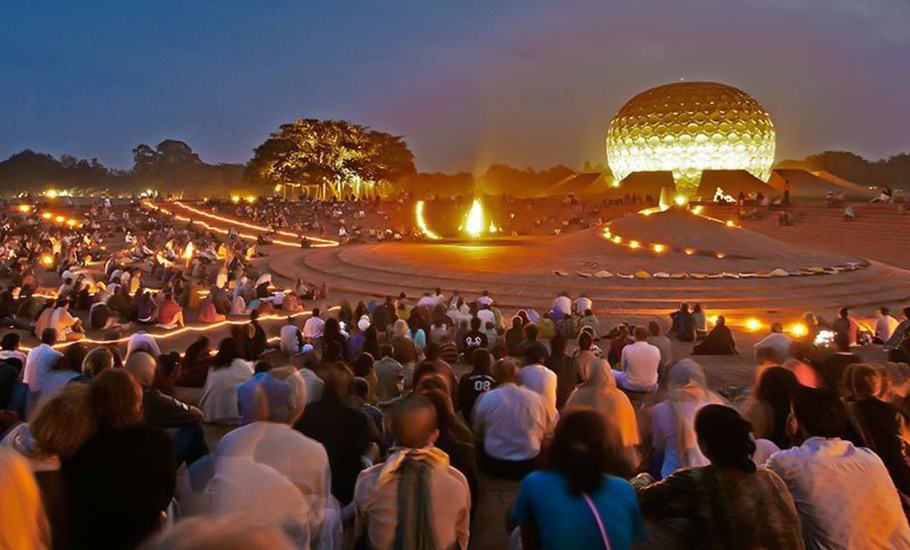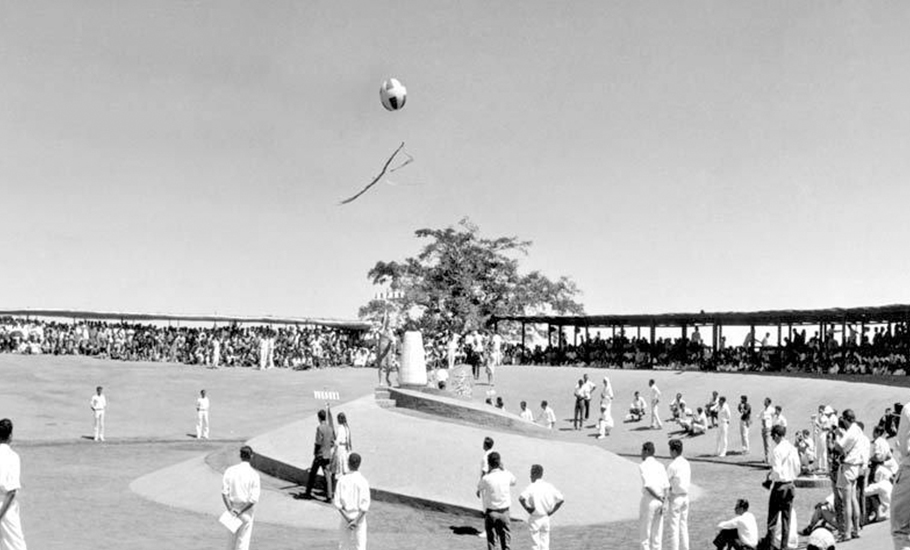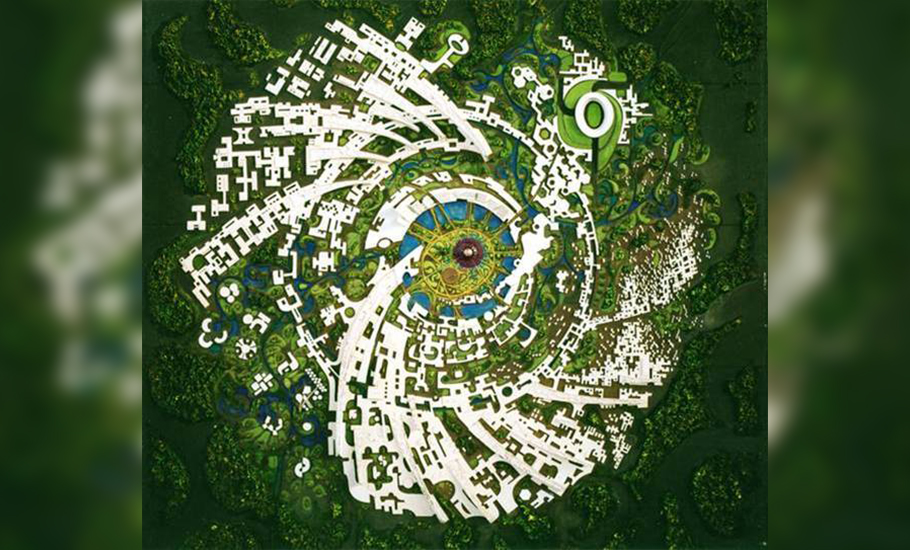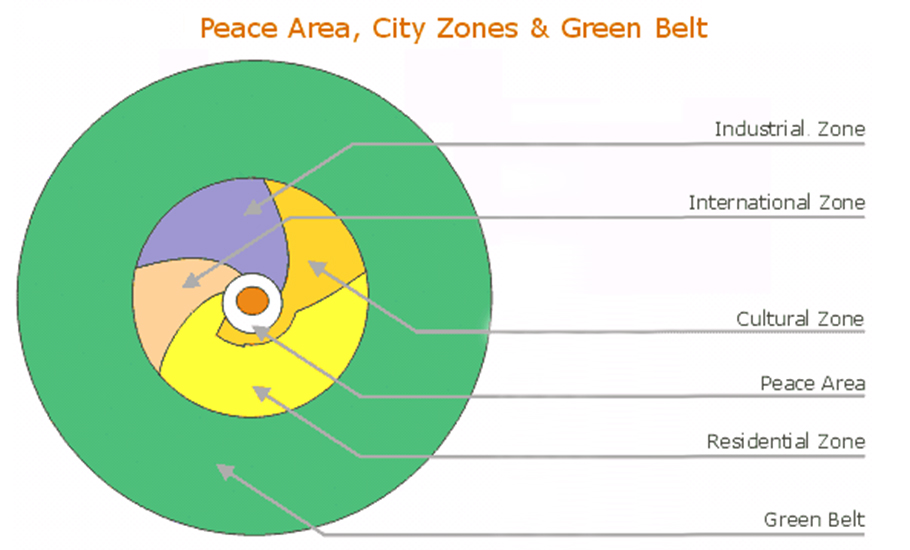
- Home
- India
- World
- Premium
- THE FEDERAL SPECIAL
- Analysis
- States
- Perspective
- Videos
- Sports
- Education
- Entertainment
- Elections
- Features
- Health
- Business
- Series
- In memoriam: Sheikh Mujibur Rahman
- Bishnoi's Men
- NEET TANGLE
- Economy Series
- Earth Day
- Kashmir’s Frozen Turbulence
- India@75
- The legend of Ramjanmabhoomi
- Liberalisation@30
- How to tame a dragon
- Celebrating biodiversity
- Farm Matters
- 50 days of solitude
- Bringing Migrants Home
- Budget 2020
- Jharkhand Votes
- The Federal Investigates
- The Federal Impact
- Vanishing Sand
- Gandhi @ 150
- Andhra Today
- Field report
- Operation Gulmarg
- Pandemic @1 Mn in India
- The Federal Year-End
- The Zero Year
- Science
- Brand studio
- Newsletter
- Elections 2024
- Events
- Home
- IndiaIndia
- World
- Analysis
- StatesStates
- PerspectivePerspective
- VideosVideos
- Sports
- Education
- Entertainment
- ElectionsElections
- Features
- Health
- BusinessBusiness
- Premium
- Loading...
Premium - Events

Auroville and a crumbling utopia

Deep inside the sleepy beach town of Puducherry, shielded from the rest of the world by a forest, lives a community that dreams of changing the world. Instead, Auroville, in its more than 50 years of existence, has seen things changing more within its own world. The experimental township, established in 1968 as an adjunct of the Aurobindo Ashram, was officially founded by philosopher and...
Deep inside the sleepy beach town of Puducherry, shielded from the rest of the world by a forest, lives a community that dreams of changing the world. Instead, Auroville, in its more than 50 years of existence, has seen things changing more within its own world.
The experimental township, established in 1968 as an adjunct of the Aurobindo Ashram, was officially founded by philosopher and yoga guru Sri Aurobindo’s disciple Mirra Alfassa. A French woman, Alfassa came to the union territory a decade after Sri Aurobindo arrived in Puducherry and started practising yoga under his guidance. It was he, who started to refer to Alfassa as ‘the Mother’. Later, she was recognised as his successor.
Alfassa aspired to turn Aurobindo’s ideas into an international project to realise human unity and come up with a new age international socio-cultural knowledge community.
A lab for new-age men
As one goes through the writings of Aurobindo Ghosh, it gets easy to understand that he never wanted his ashram, which he conceptualised basically as a “laboratory for a spiritual and supramental yoga”. He regarded the ashram not as a centre for a new religious movement, but as a “laboratory for creating men for the new age”.

Sri Aurobindo made it clear that there was no difference between his teachings and those of the Mother, says Peter Heehs, a researcher and biographer of Aurobindo. “Both are studied and practised by people throughout India and the world.”
In 1912, Heehs adds, two years after Sri Aurobindo arrived in Pondicherry, he wrote his aim was 1) to re-explain the Indian spiritual tradition from a new standpoint, 2) to establish a new sort of yoga practice, the integral yoga, 3) to work for the restoration of India to its right place in the world, 4) to remodel human society in order to bring about its transformation. “He accomplished the first three aims while living in Puducherry. The fourth remains to be done. The Mother, who continued his work after his passing, thought that Auroville would be a means to help establish a new human society,” says Heehs.
According to Aurobindo, the ashram has nothing to do with any religion or nationality. “The Truth of the Divine which is the spiritual reality behind all religions and the descent of the supramental which is not known to any religion are the sole things which will be the foundation of the work of the future,” Aurobindo wrote in a letter to a Muslim sadhak in 1932.
However, in the years that followed, it was not the case to be. Following his death on December 5, 1950, the ashram, while continuing to attract people from all over the world, was also entangled in various problems, including robbery, sexual harassment cases, rape, suicide, and even murder. It also faces issues like ownership claims and appropriation of the place as an abode for certain religious groups.
“The ashram’s continued growth during the late 1950s and 1960s may have been a factor in the launch of two new initiatives: the Sri Aurobindo Society and Auroville. Sri Aurobindo Society was founded in Calcutta in 1960 by 10 local businessmen and lawyers interested in Aurobindo’s teachings,” writes Heehs, in his paper titled ‘Sri Aurobindo and his Ashram, 1910-2010: An Unfinished History published in Nova Religio: The Journal of Alternative and Emergent Religions’.
While the objective of the society was to spread the teachings of Sri Aurobindo, the Mother, Heehs adds, regarded it primarily as a fund-raising organisation. In 1965, the Sri Aurobindo Society became the primary fundraiser for Auroville, a model city dreamt by the Mother, spread over 500 hectares then, now increased to more than 3,000 acres.
All was going well till the demise of the Mother in 1973. After that, a large section of the people, both Indian and foreign, who were staying in Auroville started having disputes with Sri Aurobindo Society over the management of the Auroville Foundation. The Union government acted in favour of the foundation and the society went to court against the government’s decision. However, it lost the contest.
A failed model?
There have been criticisms over Auroville as a failed model for many years now. However, recently, it was in the receiving end for turning the place into a “Hindu consolidation” ground. This was because of the appointment of Jayanti Ravi, an IAS officer from Gujarat cadre, as the secretary of the Foundation in July 2021.
In recent years, many Auroville residents allege, there has been a renewed interest by the BJP in Sri Aurobindo.
Although geographically Auroville is located in Tamil Nadu’s Villupuram, culturally, it shares many things with Puducherry. Hence, Governors from both the states – RN Ravi from Tamil Nadu and Dr Tamilisai Soundararajan from Puducherry – have been appointed as chairman and board member, respectively. This has sowed doubts in the minds of residents about whether it is a ploy of the BJP and the RSS to appropriate the foundation.
Many fear the sudden push for development veils a larger Hindu nationalist agenda to appropriate the legacy of Aurobindo. Some also suspect the plan is to turn Auroville into a lucrative site for spiritual tourism.
The Auroville Foundation has been trying to implement the ‘Galaxy Plan’ – the original idea of the Mother which she envisaged as part of the experimental city to accommodate nearly 50,000 residents. During the process, much to the chagrin of the long-time residents, the Foundation uprooted the trees and many of the protesters were attacked.

As a result, a section of residents filed a case in the Southern Bench of the National Green Tribunal (NGT), to stall the expansion plan. On April 28, 2022 the NGT appointed a three member joint committee to ascertain the area to study the environment impact where the expansion schemes like laying of roads are planned and ordered to submit the report within two months. The tribunal has given a stay on the expansion process until then.
The ongoing crisis started in the wee hours of December 4, 2021, when 30 trees were uprooted for the road project named ‘Crown Way’. The 16.7-km road which was originally planned to be laid around Auroville through existing buildings, forests and water bodies required felling of trees. A youth centre was also brought down even though the members of the centre agreed to shift it to another place. It is alleged they were not given sufficient time to shift the centre.
What Mother Mirra Alfassa dreamt was to create a model city of humanity that could accommodate 50,000 people from across the world. However, the place now has only 3,000 to 4,000 people. Since the residents of the township are expected to live with a concept of minimalism and self-sufficiency, the region lacks basic amenities such as well laid tar roads, electrical posts or any big industries.
It is in this backdrop the Auroville Foundation decided to implement the Crown Way project. The process of implementation is entrusted with the Foundation’s Town Development Council. The project has been expedited after the appointment of RN Ravi and Tamilisai Soundararajan as chairman and board member of Governing Board of Auroville Foundation, respectively in October 2021.
The project envisages establishment of four zones such as industrial, cultural, residential and recreational. These zones will be interconnected through this Crown Way road, a second circular road going to be laid around the Matrimandir, the meditation centre which is considered ‘soul of Auroville’. Many of the residents fear that the works in Auroville could be the first milestones in a project for commercialising spirituality as part of ‘Swadesh Darshan’s Spiritual Tourism Circuit’.
‘Development Vs devotion’
The members of the Foundation claim that establishing such zones was a part of the Mother’s original plan and it was accepted by the Residents’ Assembly in 1999. Named as ‘The Auroville Universal Township Master Plan – Perspective 2025’, the project was approved by the ministry of human resource development in 2001 and notified in the gazette in 2010.
According to Sindhuja Jagadeesh, the official spokesperson of the Auroville Foundation, “The Mother founded Auroville on the basis of Sri Aurobindo’s principles. She had approved the Galaxy Plan (the current plan). In the beginning, Auroville was managed by Sri Aurobindo Society, an independent body. They didn’t have plans on how to steer Auroville in the future. So, there were conflicts and the matter went to the Supreme Court. In 1988, the Auroville Foundation Act was passed.”
According to the Foundation laws, Auroville has three bodies – Resident Assembly, the Governing Body and the Auroville International Advisory Council. As per the Act, the role of the Resident Assembly is to assist the development plans of the Foundation and it has no other say on this matter, says Jagadeesh.
“The Indian government has given freedom to the residents here. Their duty is to engage in spiritual activities and not in activism of any kind. It is a small group of residents who started to behave like landowners inside the Auroville are creating ruckus and stalling the development plans. This is because they are used to enjoying the large tracts of land and have gone to an extent that they even don’t allow fellow Aurovilleans to enter into their piece of land. They are objecting to the expansion plans because they are pushed to share the lands,” she adds.
According to Jagadeesh, the road plans found in the original plan are more sustainable, environment-friendly and maintenance-free. But the residents in some pockets, who have the sense of entitlement, are opposing the project under the guise of environmental activists.
When asked about the uprooting of trees and destruction of buildings, Jagadeesh says the green belt of Auroville has three layers and the first layer has plants brought in from Australia.
“They are meant not to be here. However, they did a good job of preventing soil erosion. Though the job is laudable, the plants were planted in unauthorised places. Before planting the trees and constructing the buildings, no one had taken permission from the Foundation,” she says.
“One can come here and practice spirituality only when they find their inner calling. We provide them with houses. But the vested interest groups here want to keep Auroville as small as a village. They have stalled the development plans for the past two decades and we have come to a stage where we are saying no to people who come here and like to take up spiritual activities simply because we don’t have enough houses to accommodate them. We are pushed to ask them to bring Rs 30 lakh or Rs 40 lakh if they want to live here, so that we can also raise the funds for development projects,” Jagadeesh laments.

If the project is implemented in both letter and spirit, the alternative industries like e-mobility, green architecture, etc may get a boost. The benefits, she adds, will not only enrich the residents of Auroville but the humanity as a whole.
Nonetheless, for now, the Auroville utopia continues to live on.
(This is second of a two-part series on Sri Aurobindo. Read the first part here.)
